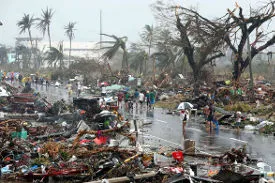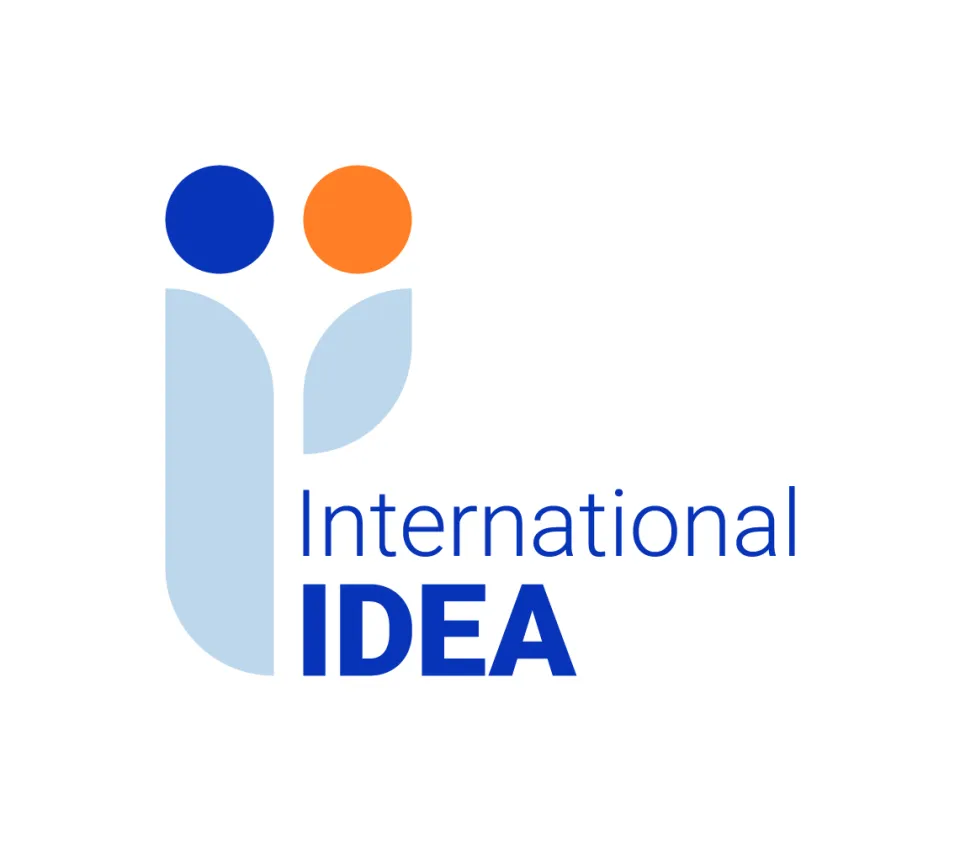
On 7 November 2013 super typhoon Haiyan (called Yolanda in the Philippines) made landfall in central Philippines killing more than 6300 people and leaving a trail of unprecedented destruction and devastation in its path.
In the aftermath of the calamity, the national and local governments faced the enormous challenge to manage the relief and rehabilitation response in a fast and effective manner. The country’s National Economic and Development Authority (NEDA) developed planning documents for a four-year Reconstruction Assistance on Yolanda (RAY). The plan provides initial estimates of overall damage and loss caused by the disaster and a three-phase approach to address immediate needs, recovery and reconstruction.
In addition the national government created a special ministerial post called Presidential Assistant for Rehabilitation and Recovery (PARR) that acted as coordinative agency tasked to unify the efforts of national and local government agencies involved in post-typhoon rehabilitation efforts. The agency did not manage any funds, but coordinated with the National Disaster Risk Reduction and Management Council (NDRRMC), the main government body tasked with the country’s disaster management.
PARR developed a comprehensive rehabilitation and recovery plan covering four basic sectors – resettlement, infrastructure, livelihood and social services – with aspects of climate change, gender-sensitivity issues and disaster preparedness included. This plan also covers NEDA’s proposed framework, and post-disaster needs assessment by relevant government ministries and local governments.
With these new frameworks and relevant laws in place, the slowness and government’s inadequate response after Haiyan provided an opportunity to introduce reforms on disaster preparation and rehabilitation policies. The need for well-organized and quick responses to disasters is great since the Philippines is the third most disaster prone country in the world according to the 2012 World Disaster Report. This is because of its exposure to natural calamities. The country sees about 20 typhoons a year, sits in the so-called ring of fire, and has a number of active volcanoes.
To learn from the Haiyan experience an assessment on the democratic accountability of rehabilitation services in two municipalities in Eastern Visayas, severely affected by the typhoon, is now underway. The project is a cooperation between Guiuan Development Foundation, Inc (GDFI), the Center for Integrative and Development Studies (CIDS), Politracs and International IDEA.
The project utilizes International IDEA’s Democratic Accountability in Service Delivery assessment framework and examines the responsiveness of rehabilitation plans both at the national and local levels. The aim is to see if the services conform to and are in consonance with specific and urgent needs of the people in timely manner. The study also looks into the accountability arrangements, specifically what positive actions citizens and their representatives can do in order to hasten and improve the delivery of services and hold executives and service providers accountable.
For this project, the implementing partners focused on assessing the democratic accountability of resettlement for those displaced by Haiyan in the towns of Guiuan, Eastern Samar, Palo and Leyte. Often in the case of the Philippines, citizens from disaster-affected areas have to leave their homes and livelihood for inadequate temporary shelters. The issue of resettlement also often lacks consultation between government and the community.
The findings of this assessment will be presented in early 2016, during a public forum for key stakeholders in Manila, Philippines. The local assessment teams will also embark on advocacy platforms in Guiuan and Palo



